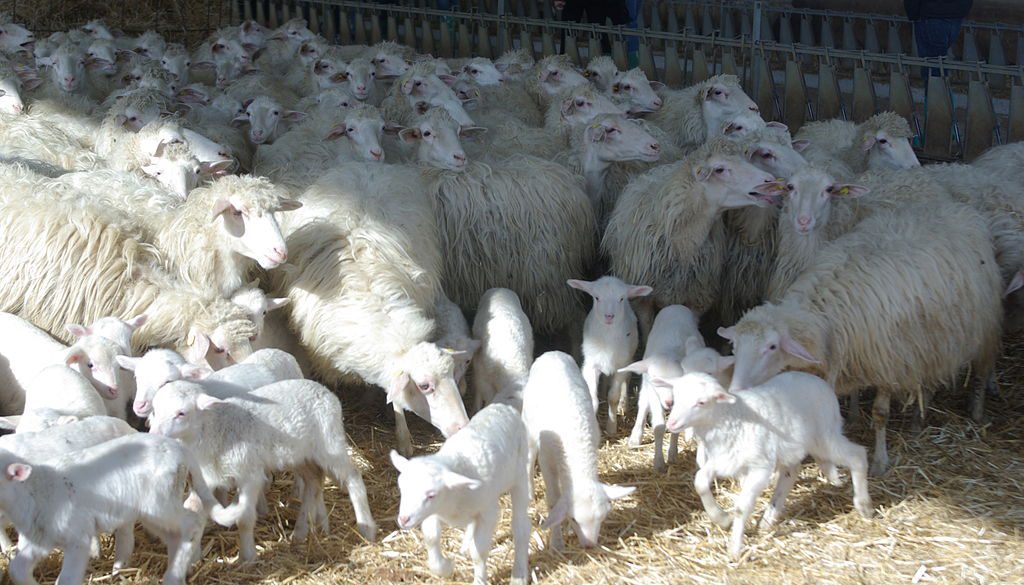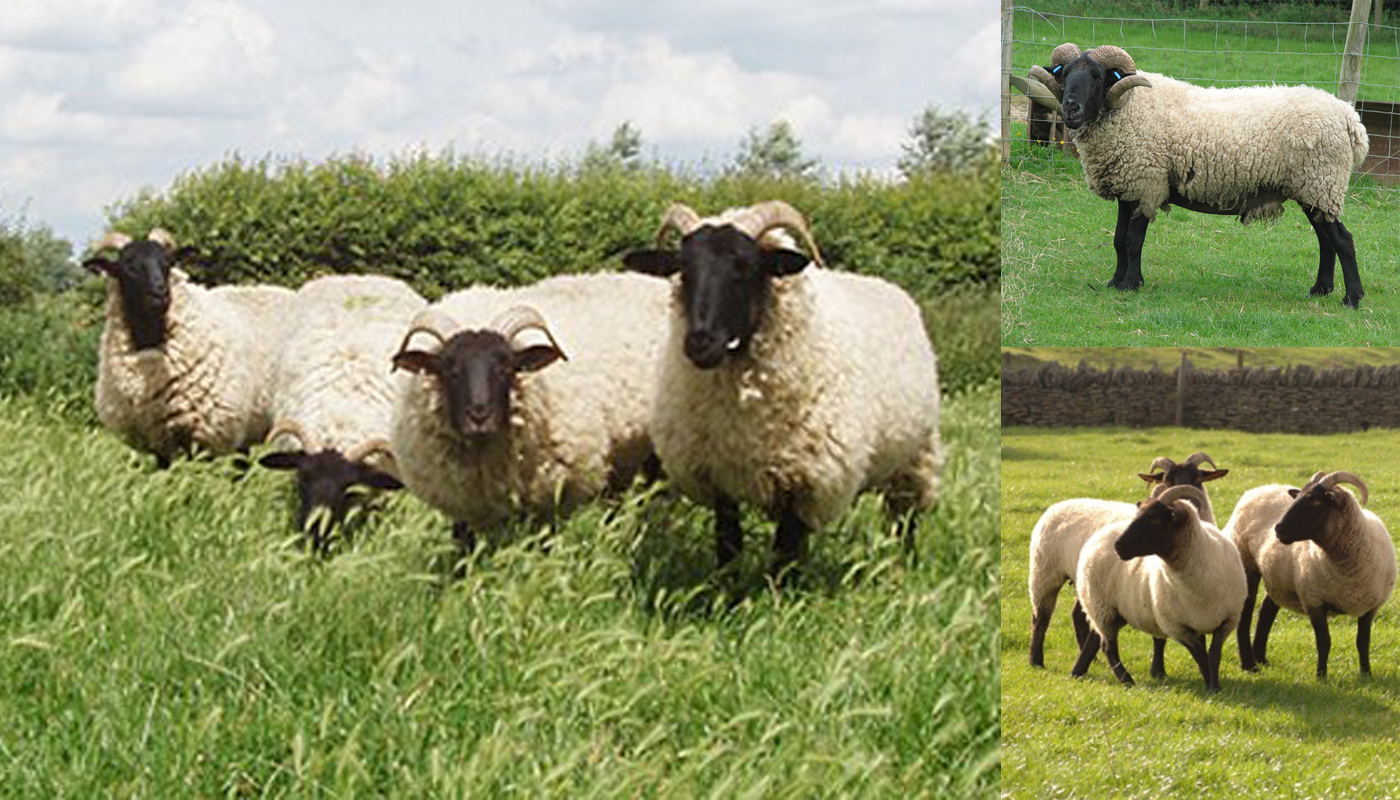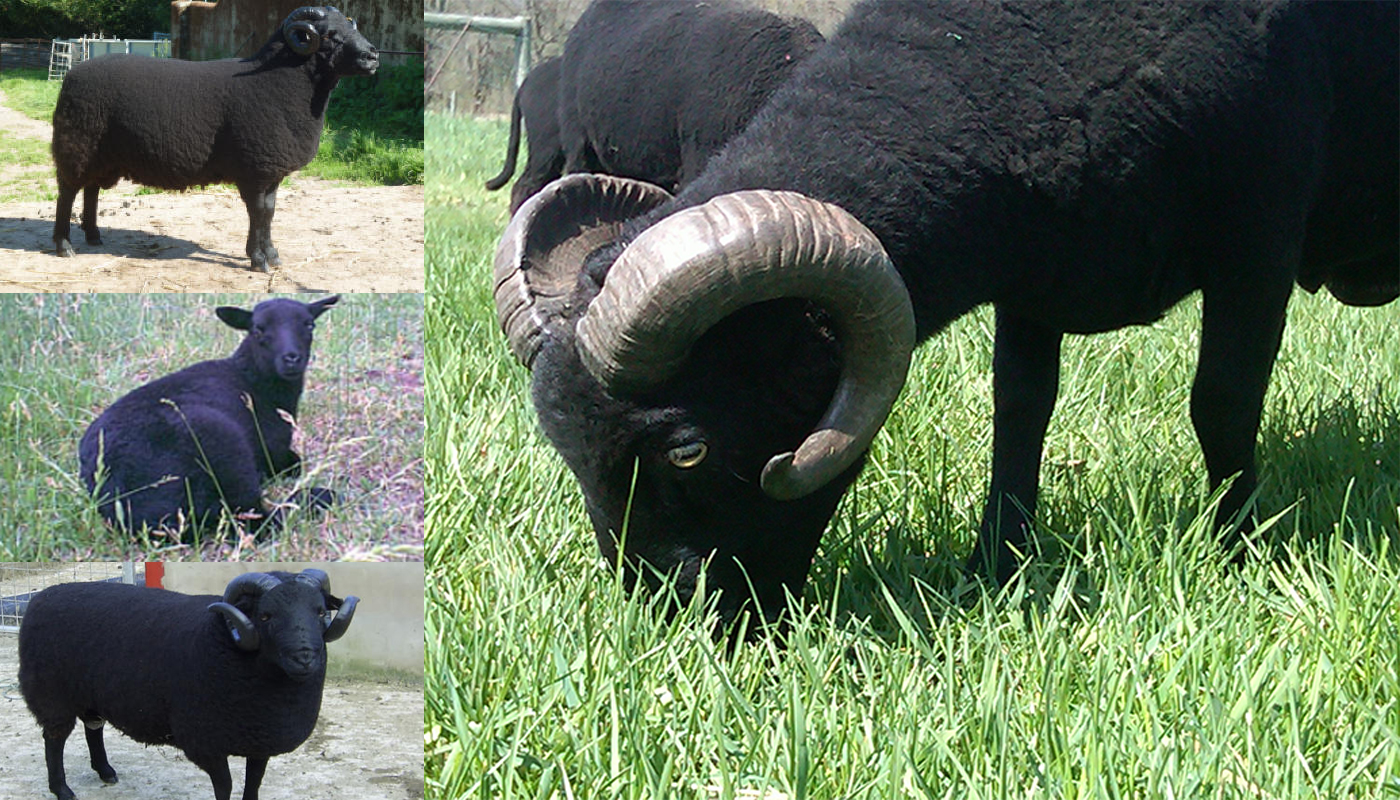Sheep were probably one of the first animal breeds to be milked and have been milked for thousands of years.Sheep milk is quite a big industry in a lot of places around the world but in America, it is quite a small industry. Although there are small sheep dairies in most states of America the main concentration of them are found in the New England and Upper Midwest states. The sheep dairy industry in the States has the potential to grow especially when they import most of their sheep milk cheese.
Sheep milk is also been known to be better milk for making cheese as it is richer and higher in solids, proteins, and fats than that of both cows and goats’ milk. A lot of ice-creams and yogurts are also made from sheep milk as it is rarely drunk as a beverage like you would cow milk.
TOP 10 DAIRY SHEEP BREEDS
Awassi

| Approx. Milk Quantity: | 40 to 80 kgs of milk per 150-day lactation period |
| Butterfat Content: | 6.70% |
| Protein: | 6.05% |
The Awassi breed of sheep is a breed that is found in Jordan and is one of the main breeds that are important to the semi-arid regions of the near east countries. The breed has been improved upon over the years by breeders in the region and as such the improved Awassi sheep is one of the heaviest of milkers. Continue Reading…
British Milk Sheep

| Approx. Milk Quantity: | 650 to 900 liters of milk per 300-day lactation period. |
| Butterfat Content: | 5.5 to 9% |
| Protein: | 5.49% |
The British Milk sheep is a large breed of sheep with an adult ewe reaching weights of around 79 kgs. They are hardy sheep that have a docile nature and do not mind human contact. They are usually white with a thick spongy but soft woolen coat that produces fine quality wool.
East Frisian

| Approx. Milk Quantity: | Over 1000 lbs. of milk per 220 to 240-day lactation period |
| Butterfat Content: | 6.64% |
| Protein: | 6.21% |
The East Friesian is the best milk producing sheep in the world. They were developed in the same area as the Holstein cow which is the Friesland area of Germany. They do well under and milking system and are very docile sheep. They are also excellent lambers with a high birthing percentage, but they tend not to fare very well in hot climates preferring the milder weather. Continue Reading
Lacaune Sheep

| Approx. Milk Quantity: | 289 liters per lactation period |
| Butterfat Content: | 7.14% |
| Protein: | 5.81% |
The Lacaune is a milk producing sheep breed from France. They are believed to be a breed that produces a good amount of milk per year. When they were first being milked the were average produces of milk giving around 70 liters per annum. Due to selective breeding programs, their milk production has been greatly improved upon. The Lacaune sheep breeds milk is used in the making of the famous Roquefort cheese.
Assaf Sheep

| Approx. Milk Quantity: | 1.9 liters per day for 173 days |
| Butterfat Content: | 6% |
| Protein: | 5.95% |
The Assaf sheep was developed in Israel in the 1950s and is a cross between the Awassi and East Friesian sheep. Both of which are good dairy sheep that produce a good amount of milk per day and is excellent for cheese production. The Assaf sheep only became available in the United States in 2013 and is growing in popularity for the small sheep farmers.
Finnsheep

| Approx. Milk Quantity: | 250 liters per lactation period |
| Butterfat Content: | Unclear |
| Protein: | Unclear |
They are not the highest milk producing breed, but they do give a good amount of milk per lactation period and are known for having up to 4 lambs at a time.
The Finnsheep breed is an excellent breed for a small homestead and will supply a good amount of milk for a fine quality of cheese. Continue Reading…
Katahdin Sheep

| Approx. Milk Quantity: | 210 liters per 210-day lactation period |
| Butterfat Content: | Unclear |
| Protein: | Unclear |
The Katahdin sheep is a breed that was developed in the early 1950s in Maine. It is a very hardy sheep breed that can withstand harsh weather conditions. They also have hair instead of wool and in the winter the coat of hair will thicken then shed in the spring months. They usually produce twin lambs and are a source of rich milk ideal for cheese.
Chios Sheep

| Approx. Milk Quantity: | 120 to 272 kgs of milk per lactation period of 210 days |
| Butterfat Content: | 6.60% |
| Protein: | 6.00% |
The Chios sheep is thought to be a cross between the Daglic and Kivicik sheep breed from Greece. The Chios is found on the Island of Chios they are prolific breeders and have two lamb crops per year of up to 2 lambs per litter. They are good produces of milk with the highest recorded yield for this breed being 777 liters in a 220-day lactation period. Their milk is used to produce cheese such as Greek feta, Haloumi, Batzos and Manouri to name a few. These sheep are growing in popularity throughout the world and there is over 51000 head worldwide.
Sarda Sheep

| Approx. Milk Quantity: | 220 kgs in a 220-day lactation period |
| Butterfat Content: | 6.69% |
| Protein: | 5.82% |
The Sarda is an Italian breed of sheep and is also known as the Sardinian sheep. They are one of Italy’s top milk sheep breeds and are used to make pecorino Sardo cheese. They have long coarse wool that is used for carpets and other weaving type goods. They are one of the 17 breeds of autochthonous Italian sheep for which a herd book is kept by the Associazione Nazionale dell Pastorizia. This translates to the Italian national association of sheep-breeders which was established in 1928 and they keep the genealogical herd book for various Italian sheep breeds.
Icelandic Sheep

| Approx. Milk Quantity: | 2 pints of milk per day for about a month |
| Butterfat Content: | Unclear |
| Protein: | Unclear |
They are not dairy standard as they do not produce as much as dairy sheep do. But once they were the main source of dairy, wool, and meat for Iceland. In the winter months, they were left to roam free and then brought back to the homestead to calve in the spring. These sheep had to survive in the harsh Icelandic winter, so it can be said that they are a very hardy breed of sheep. They would compliment any homestead especially one that needs sheep for cheese processing.
 Columbia Sheep Breed – Everything You Need to Know
Columbia Sheep Breed – Everything You Need to Know Norfolk Horn Sheep Breed – Everything You Need to Know
Norfolk Horn Sheep Breed – Everything You Need to Know Welsh Mountain Sheep Breed – Everything You Need to Know
Welsh Mountain Sheep Breed – Everything You Need to Know Cheviot Sheep Breed – Everything You Need to Know
Cheviot Sheep Breed – Everything You Need to Know American Tunis Sheep Breed – Everything You Need to Know
American Tunis Sheep Breed – Everything You Need to Know 18 Best Wool Producing Sheep Breeds
18 Best Wool Producing Sheep Breeds Merino Sheep Breed – Everything You Need to Know
Merino Sheep Breed – Everything You Need to Know Dorper Sheep Breed – Everything You Need to Know
Dorper Sheep Breed – Everything You Need to Know Top 20 Best Native British Sheep Breeds
Top 20 Best Native British Sheep Breeds Badger Face Welsh Mountain Sheep Breed – Everything You Need to Know
Badger Face Welsh Mountain Sheep Breed – Everything You Need to Know East Friesian Sheep Breed – Everything You Need to Know
East Friesian Sheep Breed – Everything You Need to Know Black Welsh Mountain Sheep Breed – Everything You Need to Know
Black Welsh Mountain Sheep Breed – Everything You Need to Know